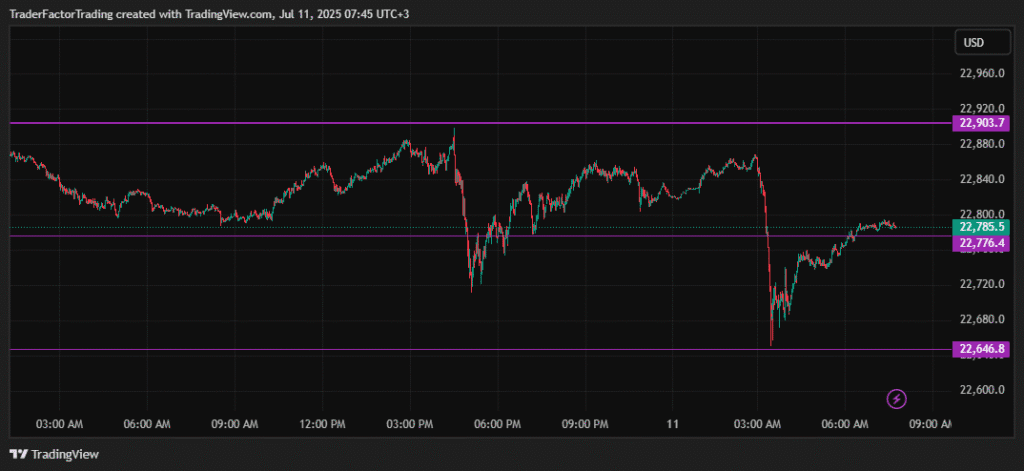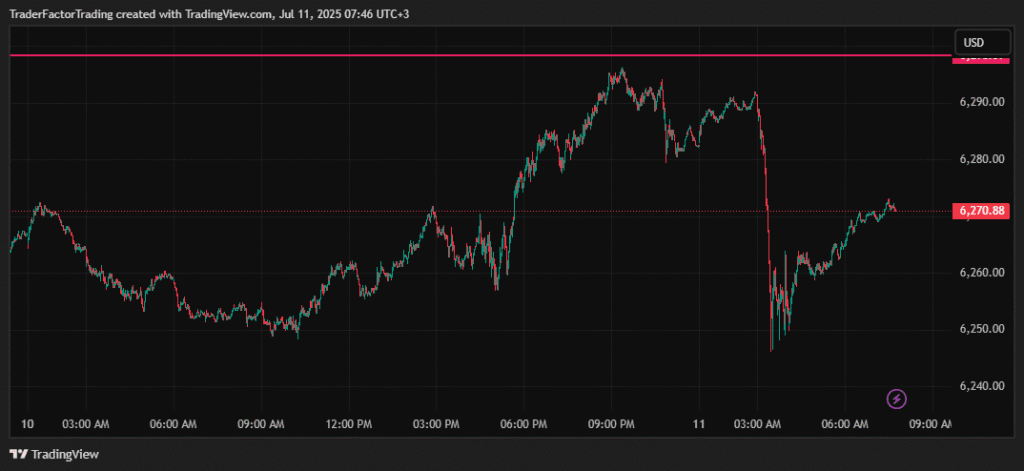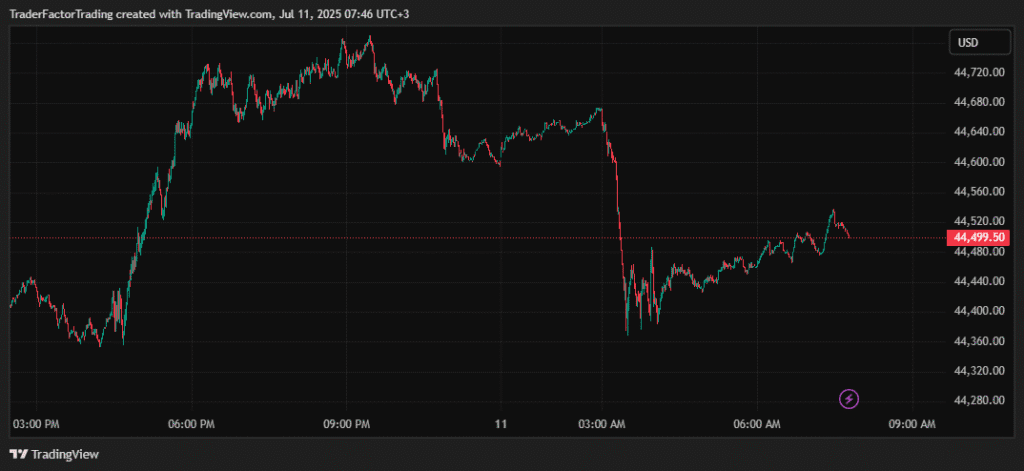This week, the stock market showcased remarkable stability as the latest earnings season drew to a close. The leading U.S. indices, Nasdaq, S&P 500, and Dow Jones reflected measured movement amid mixed corporate results and macroeconomic signals. Investors balanced upbeat technology earnings with sectoral weaknesses and economic headwinds. As companies issued mostly positive but cautious forecasts, market participants shifted their focus toward broader economic conditions and policy developments.
The three main indices held steady, underpinned by differing sector performances and shifting investor sentiment. The Nasdaq, propelled by its technology concentration, led the week’s movement, while the Dow Jones and S&P 500 maintained moderate trends shaped by sector rotation and defensive positioning.
📊 Nasdaq gains, driven by tech sector resilience.
💼 S&P 500 sees modest growth across mixed sectors.
📉 Dow holds firm, boosted by defensive stocks.
🏦 Economic data keeps traders cautious and focused.
🔗 Look ahead as key market signals emerge.
Table of Contents
ToggleWeekly Trends and Insights
Nasdaq Rally Supported by Tech Resilience
The Nasdaq continued its uptrend, rising above the 22,900 mark. The advance was led by a robust recovery in semiconductor and cloud computing stocks. Positive earnings from major tech firms reinforced confidence in the sector. Meanwhile, ongoing enthusiasm for artificial intelligence technology gave added momentum to top tech leaders. These factors enabled the Nasdaq to outperform relative to the other indices.

S&P 500 Shows Modest Growth
The S&P 500 displayed minimal fluctuations, closing at 6,280.46. Its performance mirrored a tug-of-war between robust tech and communications shares and weakness in healthcare and energy. Investors’ cautious optimism was shaped by a mix of economic data, including softer job growth and subdued consumer sentiment. This balance contributed to the index’s stable, rangebound action through the week.

Dow Jones Maintains Stability Amid Defensive Stock Boost
The Dow Jones ended the week close to 44,650.64, reflecting overall market steadiness. Defensive sectors such as utilities and consumer staples buoyed the index, drawing interest amid growing macroeconomic uncertainty. Conversely, cyclical names and industrials faced some consolidation. The Dow’s movement signaled a preference for stability as investors responded to Federal Reserve comments about persistent inflation concerns.

Key Drivers Behind Market Movements
Earnings Season Winds Down
As the earnings season concluded, most major corporations posted results that met or slightly exceeded market expectations. While company guidance remained watchful, it was generally positive. Notably, the technology sector’s strong performance was instrumental in holding the indices aloft. Investors digested these outcomes, looking to upcoming data for further clarity.
Economic Data Remains in Focus
Much attention was paid to the latest economic statistics. Consumer Price Index data indicated inflation was receding slowly, maintaining investor focus on the Federal Reserve’s policy stance. Job growth failed to meet forecasts, although unemployment stayed at 3.6%, suggesting continued economic resilience. This combination of results left investors pondering future interest rate changes.
Federal Reserve Commentary
No policy meetings were held this week, yet Federal Reserve officials’ remarks reinforced a data-dependent outlook. The prospect of a potential rate hike later this year contributed to overall investor caution. Mixed signals from policymakers added complexity to market decision-making, promoting a measured approach.
Notable Sector Moves
Technology
Technology emerged as the leading sector, supported by gains in AI-driven companies and surges in semiconductor stocks. Cloud computing and e-commerce platforms also delivered positive returns as digital service demand persisted throughout the week.
Energy
Energy stocks faced a mixed environment. Weaker global demand forecasts pressured oil prices, leading to modest declines among conventional producers. However, renewable energy companies fared better, benefiting from a shift in investor attitudes toward diversified energy portfolios.
Healthcare
Healthcare lagged behind, weighed down by regulatory uncertainty and uneven pharmaceutical earnings. Despite some resilience in biotech, overall sentiment remained defensive. Investors watch for clarity on future sector regulation and policy changes.
Looking Ahead
With earnings reports nearly complete, market participants now turn toward fresh economic releases and forward guidance. Persistent inflation, Federal Reserve actions, and international geopolitical issues represent ongoing sources of risk and potential volatility. Next week’s anticipated retail sales data and additional corporate guidance could help clarify the economic outlook and investor sentiment.
Closing Thoughts
In summary, this week’s markets demonstrated a fragile equilibrium between optimism and caution. Technology’s strength counterbalanced setbacks in other sectors, resulting in a period of moderate index movement. Moving forward, close monitoring of economic data, global developments, and policy pronouncements will remain key for anyone seeking to navigate the current financial landscape.
Disclaimer:
TraderFactor or partners have prepared all the information. The information does not contain a record of TraderFactor or partner’s prices or an offer of or solicitation for a transaction in any financial instrument. No representation or warranty is given as to the accuracy or completeness of this information. Any material provided does not regard the specific investment objective and financial situation of any person who may read it. Past performance is not a reliable indicator of future performance.

















